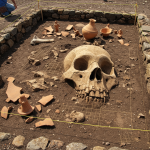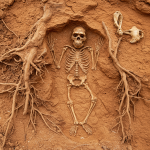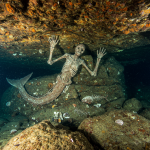Youthful Hercules Statue Unearthed in Philippi: 2,000-Year-Old Masterpiece Illuminates Ancient City’s Legacy
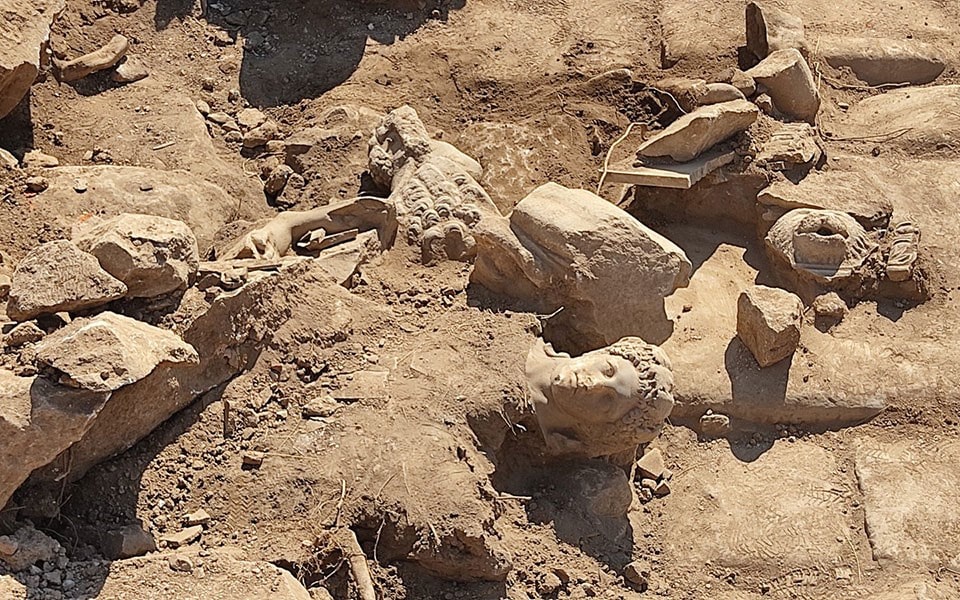
In a remarkable archaeological discovery, a larger-than-life statue of a youthful Hercules, dating to the 2nd century A.D., was unearthed by a team from the Aristotle University of Thessaloniki (AuTH) in the ancient city of Philippi, northern Greece, on September 16, 2022. Found at the intersection of two main streets forming a square, the statue likely adorned a richly decorated public fountain, part of a structure from the 8th or 9th century A.D., highlighting the reuse of Roman-era art in Byzantine public spaces. Depicting Hercules with a lion’s pelt, vine-leaf crown, and fragmented club, the statue’s youthful, nude form and intricate details offer a vivid glimpse into Roman artistry and Philippi’s cultural significance, sparking global fascination on platforms like X and raising questions about the city’s enduring role as a hub of power and prestige.
The excavation, led by Professor Natalia Poulou with Assistant Professor Anastasios Tantsis and Emeritus Professor Aristotle Menzos, involved 24 AuTH students and was funded by the university’s Research Committee. The statue, though fragmented—missing its right arm, club, and lower right leg—features an intact head with wavy curls and a Nemean lion skin, confirming its identity as Hercules, the Roman equivalent of Greek Heracles, famed for his strength and 12 labors. Radiocarbon dating and stylistic analysis place the statue in the 2nd century A.D., while the fountain’s later Byzantine context suggests cultural continuity, as noted in sources like the Hellenic Ministry of Culture, which confirm classical statues adorned public spaces in cities like Constantinople until the late Byzantine period. The find’s location along the Via Egnatia, a vital Roman road, underscores Philippi’s strategic importance, founded by Philip II in 356 B.C. and later modeled as a “small Rome” under the Roman Empire. Posts on X celebrate the statue’s “supernatural” scale, though skeptics question whether its reuse reflects a loss of pagan significance, as suggested by Byzantine scholar Archie Dunn.
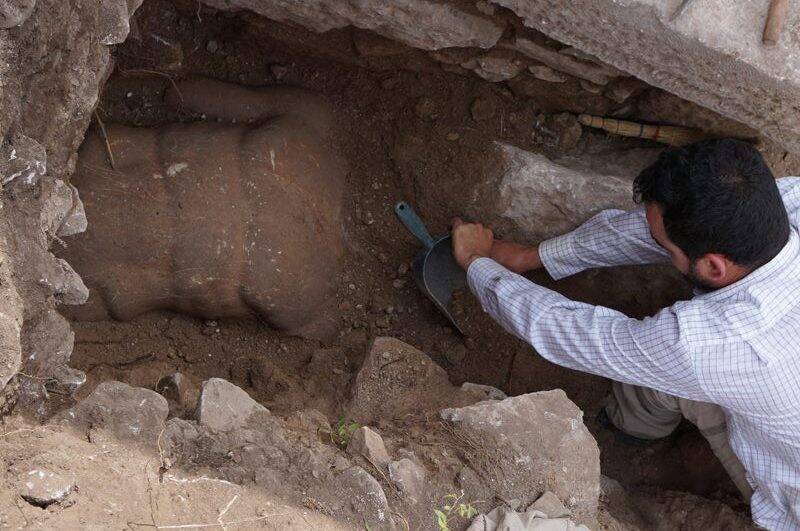
Global reaction to the Hercules statue has been electric, with images of its excavation flooding social media, drawing comparisons to other Roman finds like the Antikythera shipwreck’s Hercules head. The statue’s youthful depiction, uncommon compared to the typically bearded Hercules, symbolizes raw power and cultural appropriation, as noted by archaeologist Ellen Thill, who highlights its role in asserting dominance in Byzantine public spaces. Ongoing excavations at Philippi, a UNESCO World Heritage Site, face challenges in preserving the marble fragments against environmental wear, with restricted access fueling public curiosity and minor conspiracy theories, though these lack evidence. The find, building on Philippi’s rich history—including the 42 B.C. battle between Octavian, Mark Antony, and Caesar’s assassins—offers insights into Roman and Byzantine aesthetics, urban planning, and cultural resilience, urging humanity to explore the enduring legacy of this ancient metropolis.




